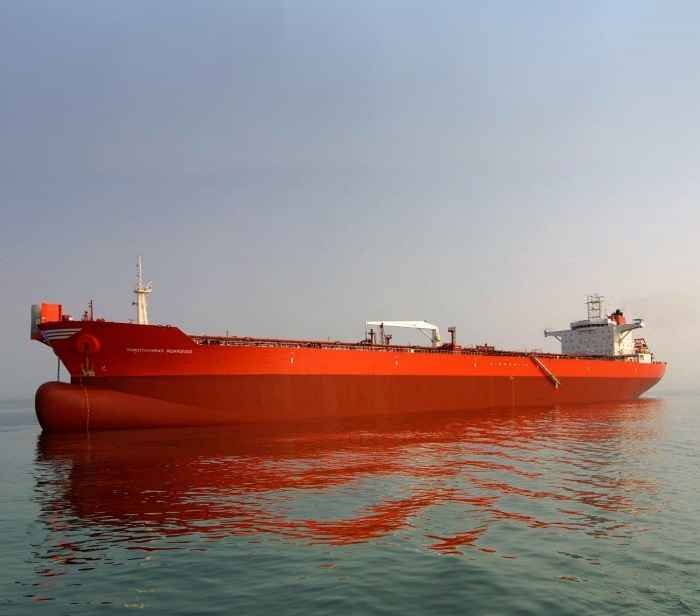2023 has began with most experts expecting a mixed bag for the various shipping segments. In its latest report, shipbroker Intermodal said that “the United Nations Conference on Trade and Development (UNCTAD) published a Global Trade Update on December 13th highlighting that global trade would hit a record $32 billion for 2022 despite the war in Ukraine and the continuation of pandemic-related lockdowns in China. However, as geopolitical tensions, high energy prices and sustained inflation persist, the slowdown that began in the middle of 2022 is likely to constrain global trade in 2023. Enter China, who for the past few weeks has been – not so gradually – scrapping the restrictions, quarantines and other measures of their very strict Covid policy and China’s top leaders have signaled shifting their focus back to growth”.

According to Intermodal’s SnP Broker, Mr. Theodore Ntalakos, “in 2023, tankers are likely to perform well, while we should expect Russian oil products exports to surge before the 5th of February starting date of sanctions on petroleum products it will be interesting to see the new ton-miles, for example how the volumes moved from the Primorsk to ARA trade will be replaced. On the back of a great market, the tanker fleet grew by about 150 vessels or 2.5%, almost half of them were Aframax/LR2 size, about fifty were MR tankers and about thirty five Suezmaxes and VLCCs each; in the LR1/Panamax sector the fleet has again contracted by two vessels. It’s notable that the orderbook for tankers is smaller today than it was at the beginning of 2022. In fact with the exception of 2021 when there was a marginal increase of just about twenty vessels, the orderbook has been shrinking for the last four years, bringing the orderbook to fleet ratio to about 4.2%, while the overaged fleet of vessels over 20years old represents about 9% (>20,000dwt) of the fleet”.
Meanwhile, “on the dry bulk prospects are tighter, on the one hand, there is persisting inflation, high interest rates and a recession looming over our heads, but on the other hand, China is coming back on growth track, the UN is – with the Black Sea Grain Initiative – trying to resist unnecessary export restrictions in order to stabilize spiraling food prices and save some of the damage done from the cascading effects of the war in Ukraine. On the other-other hand. the dry bulk ship supply side, the world fleet has increased by about 350 vessels year-on-year corresponding to a growth of about 2.8%, while over the previous years it was about 3.1% (2021), 3.0% (2020) and 3.1% the year before that (2019). We hope that this relatively small fleet expansion will provide a resistance level for the freight rates in 2023. The current dry bulk orderbook although it has expanded a bit as there have been some order replenishment, remains at about 7% of the world fleet. Also notable, we now have more than five hundred vessels over 25years old in the fleet, and all the bulk carriers older than 20 years represent close to 12% of the world dry bulk fleet; it was 10% last year and 9.5% the year before, an aging fleet mainly on the smaller sizes”, Intermodal’s analyst said.

“In China, because of the recent relaxation of Covid-19 restrictions, the surge in covid-cases is resulting in a slowdown in activity across the country but it is also resulting in port congestions due to the impaired workforce (agents, pilots, stevedores, authorities and other services) hit by the illness, we, however, expect that to normalize in the coming months. So for the New Year which is just around the corner, we will have new tanker ton-miles, inflation, high-interest rates, recession, the war in Ukraine, oil sanctions, EEXI Compliance, slow steaming, China back to consumption and growth; bring it on 2023”, Mr. Ntalakos concluded.
Nikos Roussanoglou, Hellenic Shipping News Worldwide





